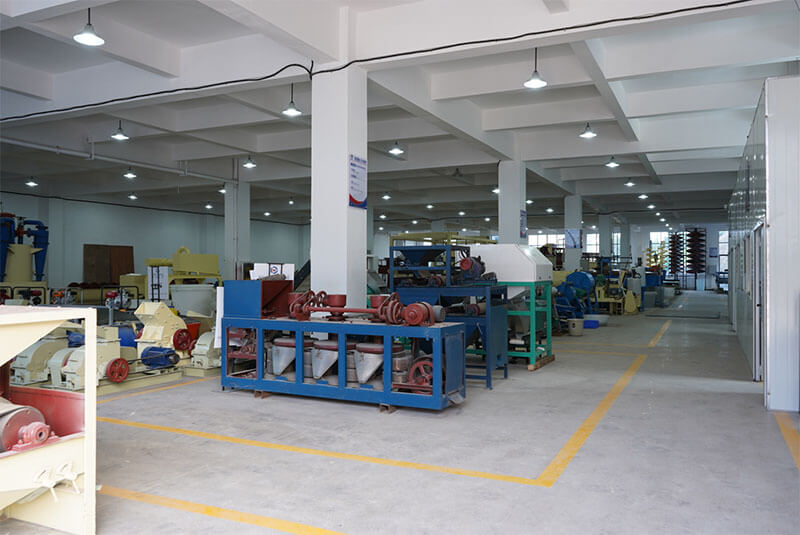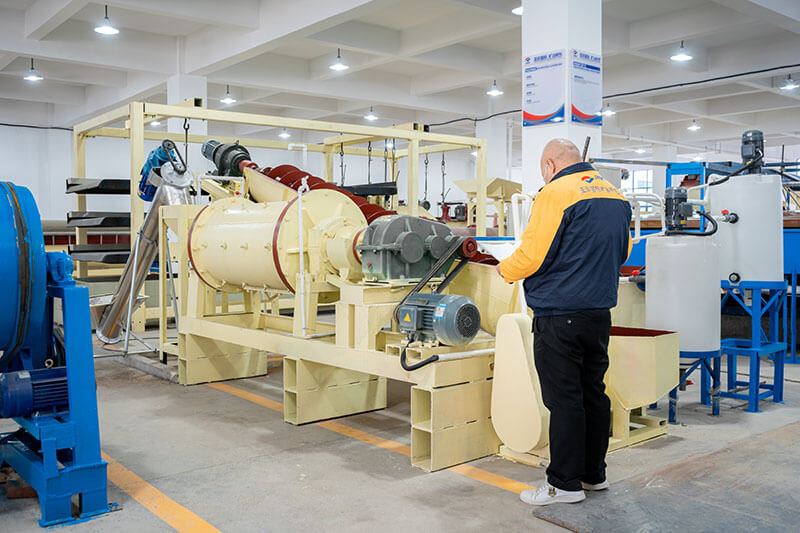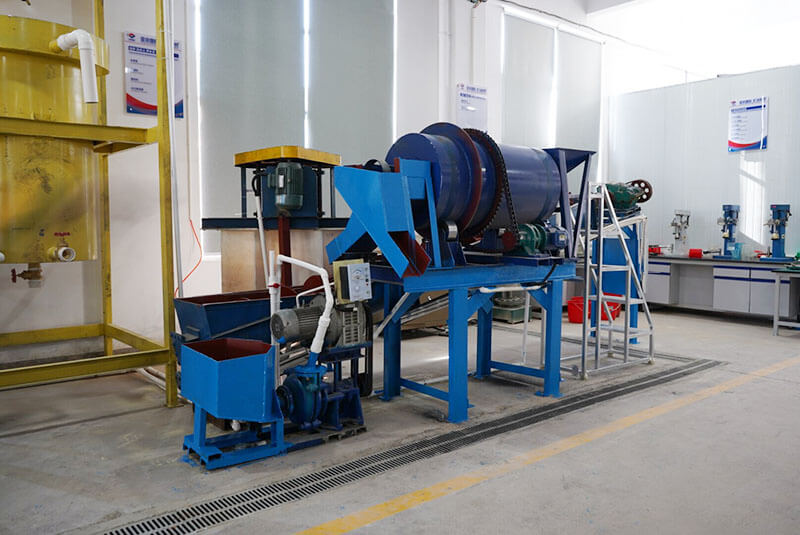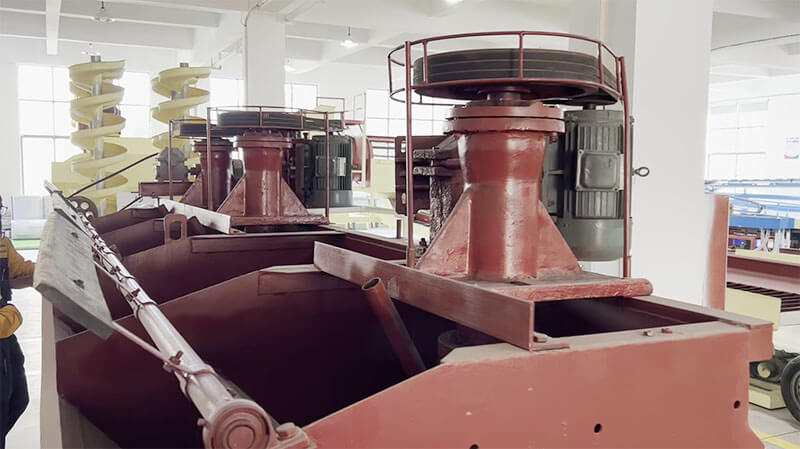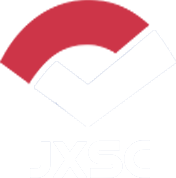Copper is one of the earliest metals that enter human life. It has wide applications for casting bells, tripods, ceremonial instruments, and music. With the continuous development of the economy, it has wide applications in modern technology, such as power electronics, light industry, machinery, construction, transportation, and other fields. The demand for copper metal is also growing day by day. To meet this growing demand, how to obtain big copper production from limited copper resources and choose appropriate beneficiation processes to improve beneficiation efficiency. Copper ore beneficiation refers to extracting copper metal from rock copper ores. The beneficiation process mainly includes ore crushing, grinding, flotation separation, gravity, and magnetic separation. Here is the beneficiation process of copper ore as below.
Copper Ore Beneficiation Experiment Equipment And Process
1. Ore crushing
Large pieces of copper ore enter the crushing equipment like jaw crushers, hammer crushers, etc. After the crushing process, turn them into small particles for further processing.
Jaw crusher
Purpose: Preliminary crushing of raw ore materials.
Experimental process: 100mm of raw ore enters the jaw crusher, and the fixed and moving plates of the crusher will crush the material to 10-40mm. The crushed material will be discharged from the discharge port at the bottom of the crusher.
Application: It is widely used for crushing various ores, such as rock gold, marble, lithium ore, chromium ore, copper lead-zinc ore, etc.
Hammer crusher
Purpose: To perform a second crushing of the material.
Experimental process: Pour 10-40mm of material into the feeding port of the hammer crusher, and the hammer of the crusher will rotate to crush the material to a specific particle size, such as 0-10mm, 0-5mm.
Application: It is widely used for the second or third crushing of various rock ores, such as rock gold, lithium ore, chromium ore, copper lead zinc ore, etc.
2. Ore grinding
The crushed rock ore will enter a grinding mill for fine grinding, such as a ball mill or a lab cone ball mill. The purpose is to refine the ore and increase its surface area for flotation separation.
Laboratory cone ball mill
Purpose: To finely grind the ore
Experimental process:
–Firstly, the laboratory cone ball mill is equipment for fine grinding.
Next, we will start the experiment:
The copper ore enters a cone ball mill from the feeding port, and the internal steel balls will start grinding with the rotation of the cylinder. The characteristic of the cone ball mill is equivalent to installing a permanent classifier in the mill cylinder. The materials are arranged in the cylinder according to different particle sizes. The finer they are, the closer they are to the discharge port. After grinding, they will discharge from the discharge port.
Finally, applicable minerals of the laboratory flotation machine include gold, copper, lead, zinc, fluorite, lithium ore, and other minerals, which can meet the requirements of 40mm feed and 325 mesh discharge.
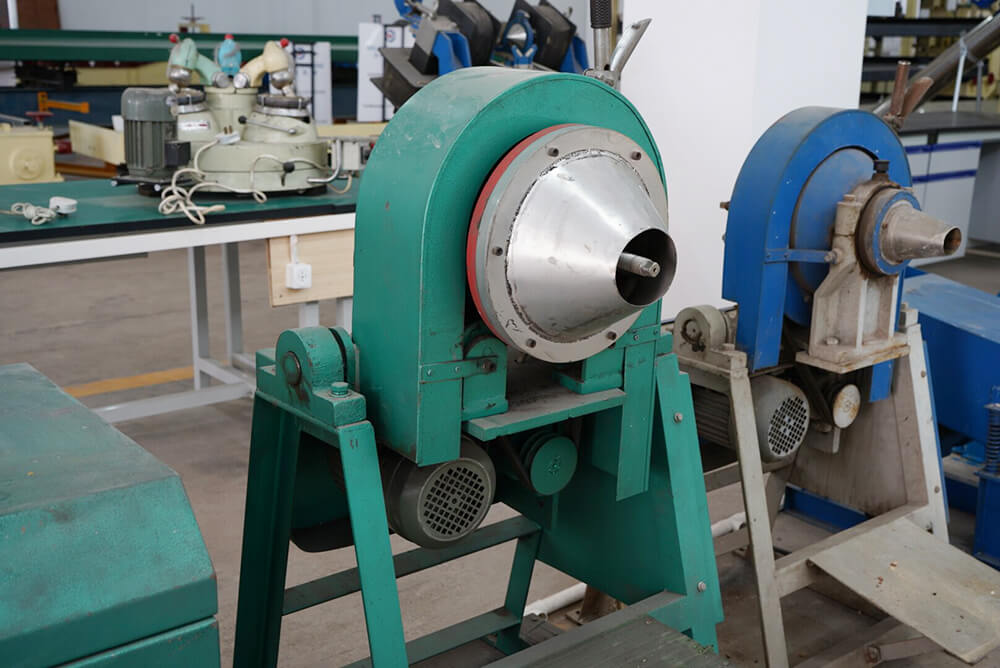
3. Flotation separation
Flotation is one of the most critical steps in copper ore beneficiation. In the flotation cell, add specific reagents to stir the finely ground ore with air and adsorb it onto the surface of mineral particles through bubbles, making it float. Except for copper ore, other materials sink to the bottom.
Laboratory flotation machine
Purpose: Sorting materials
Experimental process:
–First, let me introduce the functions of the laboratory flotation machine: it is a separating equipment that requires the addition of conventional reagents. The chemicals to handle different materials also vary.
Next, we will start the experiment.
Pour the slurry into the tank and dilute it with water to the desired concentration. Start the motor and add an appropriate amount of flotation agent according to the experimental requirements. When foam is generated in the tank, turn on the switch of the scraper part to start flotation. After reaching the specified flotation time, turn off the motor to stop the impeller and scraper from running.
Finally, the applicable minerals of the laboratory flotation machine include gold, copper, lead zinc, fluorite, lithium ore, etc.
4. Secondary beneficiation
After the flotation, the copper concentrate may still contain an amount of impurities. It will require secondary beneficiation to improve the purity and grade of copper concentrate. The secondary beneficiation methods include magnetic separation, gravity separation, leaching, etc. These beneficiation processes remove the impurities in copper concentrate and improve the recovery rate and grade.
Three-disk magnetic separator
Purpose: To separate magnetic minerals through a magnetic separator. Separating tungsten ore and tin ore.
Experimental process: The three-disk magnetic separator is suitable for removing magnetic substances, making the finished product grade higher.
Next, we will start the experiment.
Feed the material into the three-disk magnetic separator. There will be medium magnetic minerals and weak magnetic mining areas from the three disks. Tungsten ore is here, and finally, higher-grade tin ore will come out from the discharge port of non-magnetic minerals.
Finally, the three-disk magnetic separator is suitable for separating metal minerals with magnetic differences, such as tungsten tin ore, chromite, tantalum niobium ore, quartz, etc.
Gemini shaking table
Purpose: To improve the grade of copper concentrate
Introduction: It is suitable for separating rare metals and precious metal ores such as gold, silver, copper, lead zinc, tantalum niobium tin, etc.
Experimental process: pour the copper concentrate into the Gemini shaking table. By utilizing the shaking of machinery and the flushing effect of water flow to separate the mineral particles according to density. The zoning of minerals on the bed surface is obvious. We can see the concentration.
Finally, summarize the applicable mineral types of the Gemini shaking table: it is suitable for separating light and heavy minerals with significant density differences, such as gold, tin, chromium, tantalum niobium, etc.
JXSC lab mineral processing equipment manufacturer has more than 38 years of experience in mining processing. We provide various lab mining equipment including gravity-separating equipment for processing minerals such as gold, tin, tungsten, lead, zinc, tantalum, niobium, iron, manganese, silver, titanium-iron, etc. Lab machines include laboratory jaw crusher, hammer crusher, roller crusher, grinding equipment, lab gravity separator, screening, washing equipment, etc. Welcome to consult!

